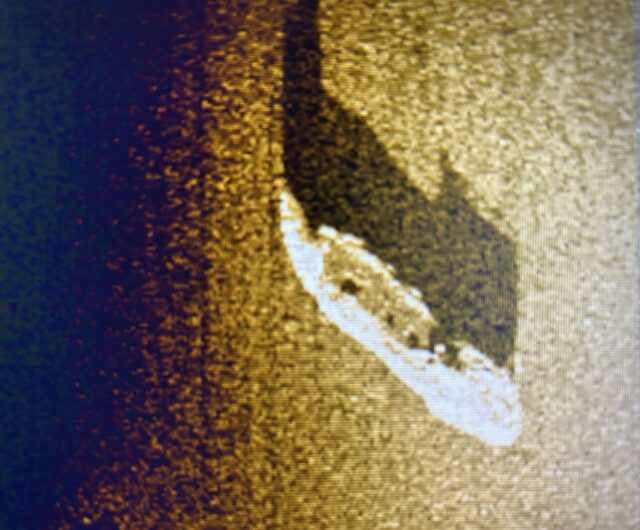There have been several shipwrecks uncovered beneath the surface of the Great Lakes, and another one can be added to the list. The wreck of the Milwaukee, which operated for more than a decade, was located by a team of researchers over 130 years after its sinking. Using underwater technology, they captured images of the more-than-a-century-old vessel.
Discovering the Milwaukee wreck

In June 2023, a team of researchers from the Michigan Shipwreck Research Association (MSRA) found the wreck of the long-lost Milwaukee, which sank in Lake Michigan back on July 9, 1886. Before discovering the wreck, they knew that the vessel sank beneath the water of the lakes but were unsure of its exact location. In order to try and locate the ship, the team studied water currents and old newspaper reports that outlined details of its sinking.
After two days of searching with side-scan sonar, they located the wreck about 40 miles off the coast of Holland, Michigan. It was submerged under 360 feet of water and was, as Valerie van Heest, director of the MSRA, explained, “remarkably intact.” She called it “the fastest discovery we’ve ever made.” They found the vessel sitting upright and facing northeast, which correlates with the direction it was sailing at the time of its sinking.
Later, when the team returned to explore the wreck, they brought with them underwater remotely operated video (ROV) equipment and captured video footage of the ship. “Visibility was excellent,” said Jack van Heest, husband to Valerie and the one who operated the ROV that day. “We saw the forward mast still standing as the ROV headed down to the bottom,” he explained.
The ship was on a routine trip

The day the Milwaukee sank was just like any other day. The 135-foot-long vessel was performing a routine route on Lake Michigan, traveling from Chicago to Muskegon to pick up a load of lumber. At the same time, another vessel, the Hickox, was carrying out the opposite route from Muskegon to Chicago. This ship was lugging lumber in its cargo and towing a schooner also packed with supplies.
At around midnight, the ships began to approach one another. Despite the waters being calm, there was a fog drifting in. Still, the Milwaukee‘s lookout, Dennis Harrington, saw the lights of the Hickox and brought it to his captain’s attention. In this kind of situation, “Standard operating procedures would have called for both ships to slow down, steer to starboard and blow their steam whistles.” However, that’s not what happened that night. The captains of both ships failed to do any of those things, claiming that visibility was fine.
Rather quickly, the fog rolled over the ships in a thick blanket, deteriorating visibility. While both captains attempted to maneuver their ships away from one another, they ultimately failed.
The two ships crashed

As the captains were unable to change course in time, the Hickox rammed into the side of the Milwaukee. The force of the collision was so much that it sent Milwaukee‘s lookout, Harrington, overboard and into the lake. The captain sent a distress signal to nearby vessels, and the City of New York arrived to try and help keep the ship afloat, but the effort was futile. The influx of water into the below decks was too much and after just two hours, the stern of Milwaukee sunk beneath the surface.
The Hickox was successful in rescuing the men aboard Milwaukee–everyone but Harrington, who was the only casualty of the collision. In response to the disaster, both captains had their licenses temporarily suspended. Protocols had long been in place to avoid this exact situation and their failure to perform those protocols ultimately led to their collision. The whole thing could have been avoided had both captains acted appropriately.
More from us: Staten Island’s Tugboat Graveyard Is a Derelict Off-Shore Look Into the Past
Still, finding the wreck of the Milwaukee was an incredible discovery for the team at MSRA.
